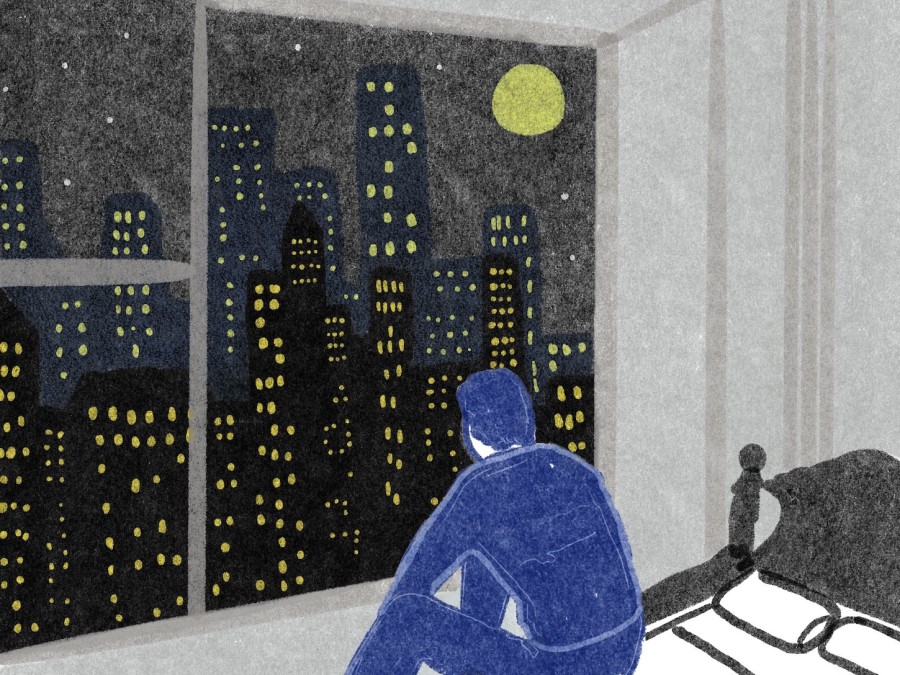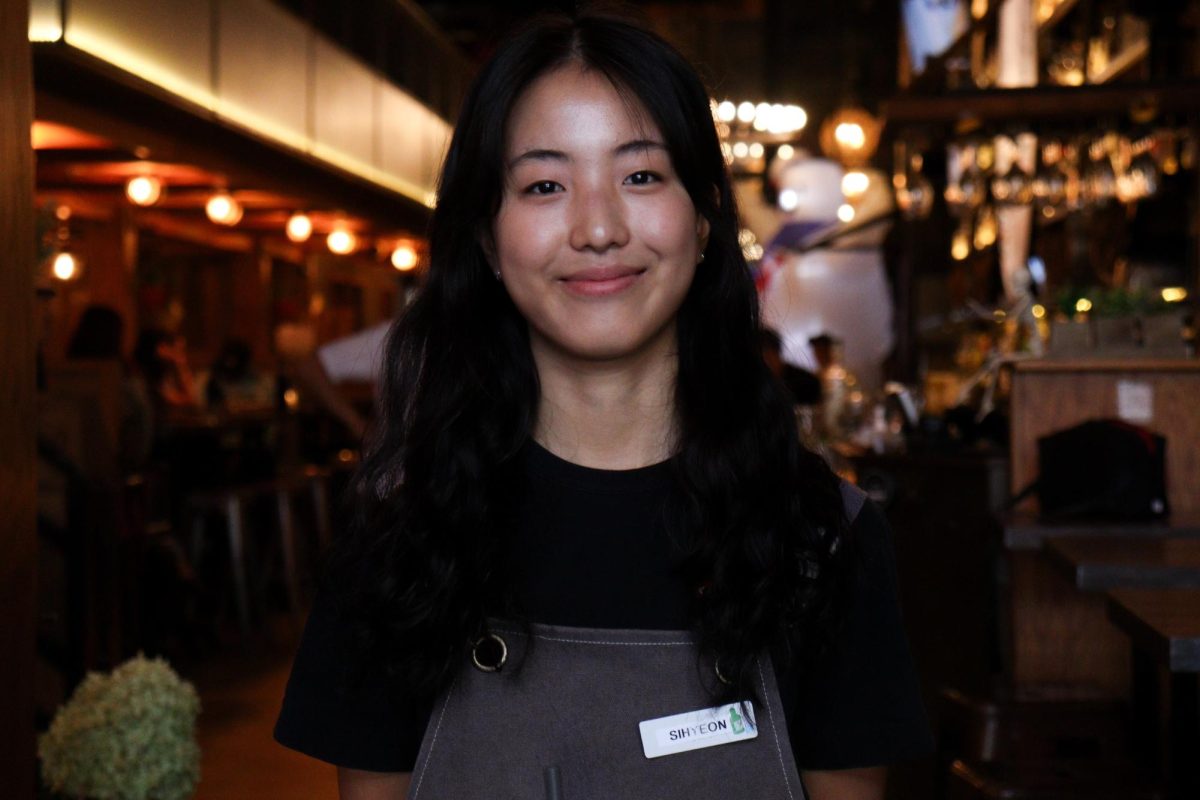Starting afresh is sometimes lonely, NYU transfer students say
Limited opportunities for socializing can make it difficult for transfer students to make friends and feel integrated within NYU culture.
It’s not easy to transfer to a university that’s scattered across New York City.(Illustration by Tori Osmond)
February 6, 2023
Leaving a traditional college town for the fast-paced lifestyle of New York City can be a daunting experience, posing challenges to even the most prepared transfer student. CAS junior Kasey Goldenberg transferred to NYU in the spring of 2022 after facing difficulties finding her place at the University of Virginia.
“From the minute I got there, I wasn’t a fan,” Goldenberg said. “It just wasn’t a good fit for me.”
While visiting Florence, Italy, she realized a larger city might suit her better. But when Goldenberg finally came to NYU, she was thrust right into the middle of an academic year, and she found it hard to find her footing. She became one of about 2,300 students who transfer to NYU annually — and the approximately 2.1 million nationwide in 2020-2021. But the sheer number of transfer students doesn’t make it easy to transition to a large city school like NYU.
“It was weird at first because I didn’t know a soul,” Goldenberg said. “I was really nervous about finding a place.”
The challenging integration process into a new university, which Goldenberg experienced during her first few months at NYU, has been shown to lead to loneliness — an epidemic among college students, especially since COVID-19 hit. Today, loneliness is one of the world’s most urgent public health crises, with isolation being as deadly as the risks associated with smoking and drinking. Seventy-one percent of adolescents and young adults reported experiencing loneliness, with changing location being one of the main drivers.
Rob Danzman, a licensed clinical mental health counselor, explained that Goldenberg’s struggle is common. The body and brain are trying to protect us from what it perceives as threats — which often involves new places and new people, he explained.
“When we feel lonely, we start shutting down,” Danzman said. “When students are in a new environment, they don’t even realize that they’re hyper-vigilant. It’s very difficult for them to quiet that brain down.”
Steinhardt senior Sara Amiraly also had a hard time adjusting to NYU when she transferred from The George Washington University in the spring of 2021.
“It wasn’t fully my decision to transfer,” Amiraly said. “It was more of a financial thing, where my parents wanted me to go to a school with a higher ranking for them to get their ‘money’s worth.’”
Amiraly had already found a solid friend group at GW, and she struggled to leave them behind.
“I made the best friends I’ve ever had at GW,” Amiraly said. “It was really hard to start from scratch. [You’re] in a new city, going to a new school, not knowing anyone and really starting over.”
Social anxiety is common among younger generations, particularly those who are navigating a new environment and adjusting to a different academic culture, according to Mary Joye, a licensed mental health counselor.
“Gen Z is incredibly socially anxious,” Joye said. “Social media made all of us anti-social. Loneliness is almost always centered around trauma — like a big change. When people are traumatized, they shut down.”
For many transfer students, the most challenging part of switching to NYU is a lack of opportunities to meet people. For Gallatin junior Mimi Gewirtz, the absence of a centralized campus at NYU made it tough to find a place of her own. Gewirtz transferred after spending a year at the University of Birmingham in England. Her goal was always to transfer to NYU, but she said the road was “really lonely, and pretty isolating.”
“It was really hard to get into the life here,” Gewirtz said. “It was hard to get used to a new school and find friends without the programming or events that freshmen have.”
Amiraly added that she was let down by the scarce resources NYU provided transfer students.
“Resources weren’t really there for students who had transferred while things were completely virtual,” Amiraly said. “It was hard to make friends virtually, and I wasn’t even on campus, so there was no way I could meet up with other transfer students who were going through the same thing as me. It was really isolating.”
Danzman, the counselor, emphasized the importance of transfer students putting themselves out there and trying to make friends on campus.
“You can’t control whether someone is into you or not or whether they had a good day — you don’t control any of that,” Danzman said. “What we can control is, ‘Can I get your butt in a seat where there are other people that are like-minded?’ We can control that.”
After transferring from UVA, Goldenberg found this was just the kind of risk she needed to take. She agreed with Danzman that it is important for transfer students to actively engage in social activities by joining clubs or participating in campus-wide events that help them build connections and feel a sense of belonging. The best way might simply be reaching out to other transfer students for friendship and support.
“I knew I needed to put myself out there to meet people,” Goldenberg said. “If I just kind of sat back, no one’s going to come up to me. I need to do it.”
Disclaimer: Kasey Goldenberg has previously written for WSN. She did not view or edit this story prior to publication.
Contact Clara Spray at [email protected].





























































































































































